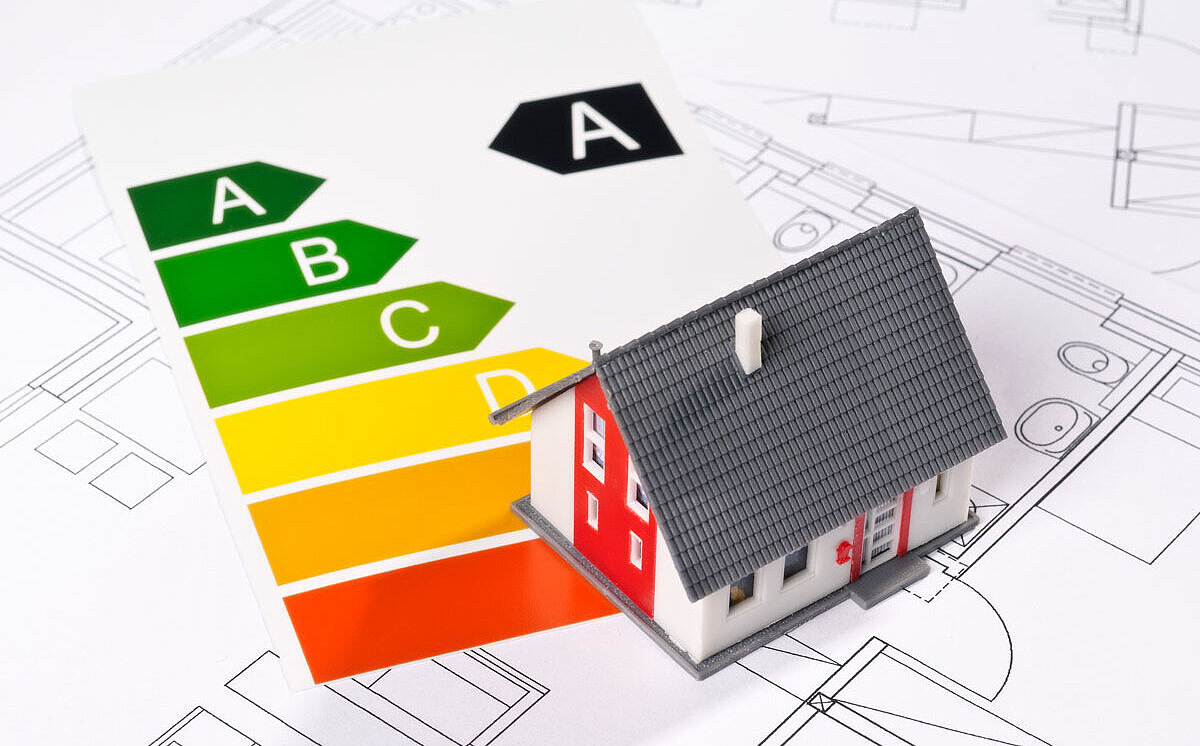Our calculation is based on a single-family house from the 1970s, situated in the Swiss Plateau region, equipped with 30 square metres of double-glazed insulating glass, which was standard at that time (Ug value 2.9 W/m2K). The primary energy saving was based on an oil-fired heating system. In addition, we assumed that the old glazing will be replaced by contemporary triple-glazed insulating glass. As an example, we used our SILVERSTAR EN2plus, which has a Ug value of 0.6 W/(m2K) with an argon filling. You can find more details on the calculation basis here.
The result: taking into account the above assumptions, 570 litres of heating oil can be saved every year, which corresponds to 5,100 kWh and thus 1,500 kilograms of CO2. Based on an average service life of 30 years, the balance for the triple-glazed insulating glass is even more impressive: the savings then amount to 17,100 litres of heating oil, 153,000 kWh and 45,000 kilograms of CO2. The production effort of the glass thus pays off after just two years.
Do you want to find out exactly how much you can save in your own house by replacing the windows? Then we recommend you try our energy simulator, which you can find here. After you’ve entered your individual reference data, an estimate of the savings potential for various different glazing variants will be provided. Take advantage of the potential savings offered by replacing windows – in keeping with our slogan “Green for Generations”.



![[Translate to Englisch:]](/fileadmin/_processed_/b/a/csm_Energiebilanz_ff00fcfa5b.png)